Black women entrepreneurs who commit to simple, repeatable business improvements can adapt faster, boost profits, and stay ahead without burning out. The secret to growth isn’t working harder—it’s learning quick, cheap, and often.
If you’re ready to take your business to the next level, fall in love with mastering repeatability. Drive profits and growth with these powerful tools for continuous improvement in your business:
Refine and Improve with Team Reviews
The Start-Stop-Continue (SSC) review is a simple yet effective process to refine your operations after every major event or delivery cycle. Whether you’re wrapping up an e-course, a fitness bootcamp, or a bookkeeping project, SSC helps you pinpoint what to enhance, eliminate, or maintain.
How it works:
- Review the cycle or event: Gather your team to assess the project and discuss any customer feedback.
- Start column: Identify what was missing and should be added.
- Stop column: Note what didn’t work and should be removed.
- Continue column: Highlight what went well and should stay.
Pro Tip: Keep an SSC log to track changes and decisions over time, creating a resource for new hires or team transitions. Ensure accountability by assigning ownership to each action item and following up on progress.
Looking for tools? Log in to the member platform to access the SSC worksheet.
After-Action Reviews (AAR)
Similar to SSC but more structured, the After-Action Review (AAR) digs deeper into the results and challenges of a project or event with a standard agenda. It fosters honest discussions about successes, failures, and lessons learned.
How it works:
Use these guiding questions:
- What was supposed to happen?
- What actually happened?
- What worked? What didn’t? Why?
- What can we do differently next time?
AARs work best in a safe, blame-free environment where team members can share openly. Focus on solving problems, not pointing fingers, to build a culture of trust and improvement.
Plan-Do-Study-Act (PDSA) Cycles
PDSA cycles are perfect for testing new ideas, products, or significant changes. This four-phase process allows you to plan, execute, evaluate, and refine in quick, repeatable cycles.
How it works:
- Plan: Define the change, set goals, and outline the desired outcomes.
- Do: Implement the change in a controlled setting.
- Study: Analyze results and compare them to your expectations.
- Act: Decide what adjustments to make and plan the next cycle.
By iterating quickly, you can fine-tune products or processes until they meet your goals—or scrap what doesn’t work. PDSA is especially valuable for innovation and product development.
Feedback Surveys
Feedback is gold—especially from your most loyal customers, who are worth up to 10 times more than their first purchase. Yet, research shows only 4% of dissatisfied customers share their concerns. Without systems for gathering and acting on feedback, you’re missing valuable insights.
Use surveys to ask customers about their experiences, preferences, and pain points. Then, integrate this feedback into your SSC, AAR, or PDSA cycles. For deeper insights into receiving and acting on feedback, check out Thanks for the Feedback: The Science and Art of Receiving Feedback Well.
Root Cause Analysis (RCA)
If your business keeps hitting the same roadblocks, it’s time for a Root Cause Analysis (RCA). RCA focuses on identifying and addressing the underlying reasons behind recurring issues instead of merely treating symptoms.
How it works:
- Use the 5 Whys technique: Ask “Why?” repeatedly until you reach the core issue.
- Create a fishbone diagram (Ishikawa diagram) to visually map out potential causes under categories like people, processes, tools, or environment.
Addressing root causes leads to sustainable fixes and prevents future problems.
Kaizen Methodology
The Japanese concept of Kaizen emphasizes small, continuous improvements over time. It’s a mindset as much as a method, focusing on incremental changes that collectively result in significant growth.
How it works:
- Involve your entire team in suggesting improvements.
- Set aside regular Kaizen sessions to evaluate processes and implement small changes.
- Track and celebrate each win, no matter how small.
Kaizen works well for businesses of any size and can lead to lasting cultural shifts.
Now, sis, here’s the deal: skipping out on structured, continuous improvement is like leaving money on the table—and you might be losing clients without even realizing it. If this sounds familiar, it’s time to stop winging it. Choose one of these methods to start building repeatable cycles in your business today.
Need support? Join Sistahbiz to access tools, coaching, and resources designed specifically for Black women entrepreneurs. Explore membership now. Cheers to your growth and success!

